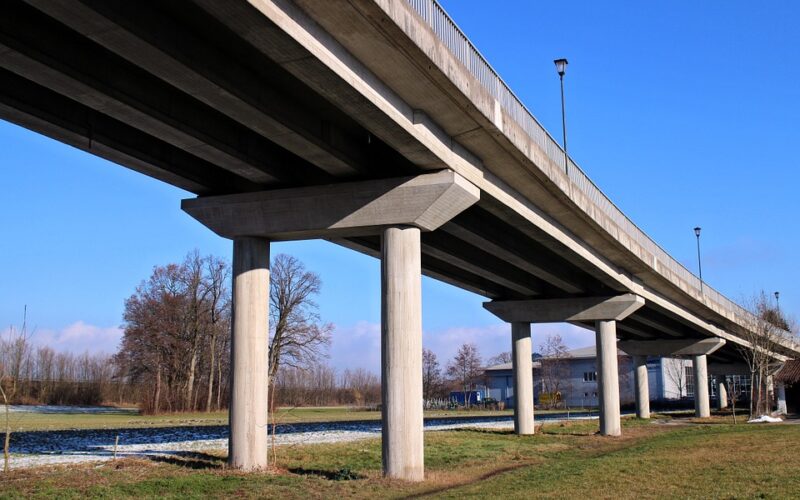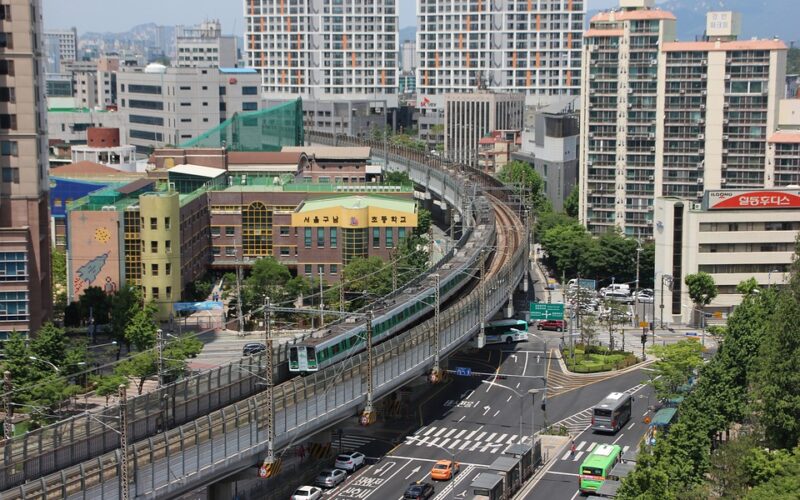Transportation systems are the lifeblood of our modern economy and society. However, our roads, railways, and airways contribute significantly to climate change, accounting for nearly a quarter of global carbon emissions. As we face the imperative of building sustainable environments, prioritising climate change in transport infrastructure development is no longer an option; it's a necessity.
The impact of transport on climate change
Transportation's impact on the environment is profound and multifaceted. Traditional transport infrastructure relies heavily on fossil fuels, leading to vast amounts of greenhouse gas emissions. These emissions trap heat in the atmosphere, leading to global warming and climate change. In turn, the effects of climate change, such as severe weather events, rising sea levels, and temperature fluctuations, can damage existing transport systems, necessitating further energy-intensive repairs and construction. Therefore, a strategic approach to transport infrastructure must be integrally linked with environmental sustainability goals.
Sustainability into the planning process
The development of any new transport infrastructure offers an opportunity to integrate climate considerations from the outset. This begins with a thorough environmental impact assessment that goes beyond standard procedures. Planners and policymakers are called to adopt a broader view, accounting for a project's carbon footprint over its entire lifecycle, from construction to operation and eventual decommissioning. This includes assessing materials and methods used in construction, energy sources for operation, and potential innovations that reduce the overall climate impact.
Investing in green technologies
Climate-smart transport infrastructure hinges on leveraging advancements in technology. Electrification of public transport networks, integration of renewable energy sources, and investment in electric vehicle (EV) charging infrastructure are immediate steps towards reducing carbon emissions. Furthermore, intelligent transport systems using big data and AI can optimise routing, reduce congestion, and improve the overall efficiency of transport networks. These technological solutions present a clear pathway toward a more sustainable and resilient transport infrastructure.
Designing for the future
With the climate crisis upon us, transport infrastructure must not only mitigate its impact on the environment but also withstand the changes already set in motion. This means designing infrastructure that is resilient to the increased frequency of severe weather events. Resilience must be built into every aspect of transport infrastructure, from elevated roadways to combat flooding, to heat-resistant materials that prevent rail and tarmac buckling.
Engaging communities and stakeholders
Building climate-resilient transport infrastructure is not solely a technical challenge; it is also a societal one. Engaging actively with communities and stakeholders ensures that projects address the real needs of the population while fostering a collective sense of ownership and responsibility for the environment. This engagement opens pathways for education on sustainable practices while gathering valuable insights that can steer projects to better align with both human and ecological considerations.
Paving the way forward
The path to a climate-conscious transportation system requires robust policies, innovative technologies, and community engagement. But most importantly, it demands a shift in mindset, recognising that infrastructure development must harmonise with our planet's health. Global leaders, engineers, and citizens alike bear the responsibility to advocate for and implement transport solutions that significantly cut emissions, preparing us for the challenges of tomorrow.
The legacy of today's transport infrastructure projects will be felt for generations. By prioritising the climate in every decision, we can not only mitigate the harmful effects of transport on the environment but also carve out a pathway to a sustainable future that supports both people and the planet. It is a monumental task, but with the right commitment and innovation, a climate-friendly transport network is within reach.




















